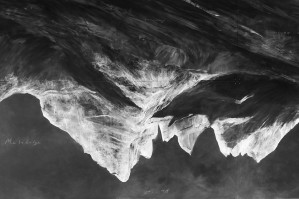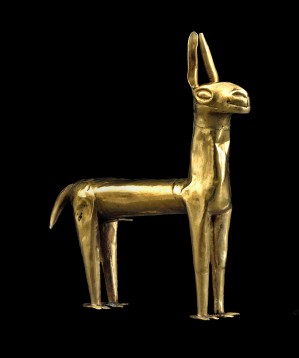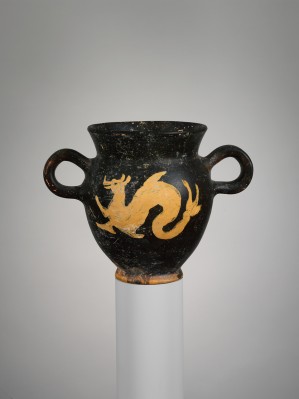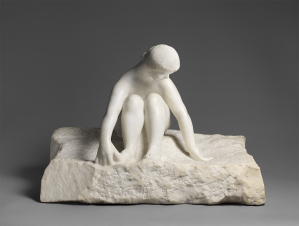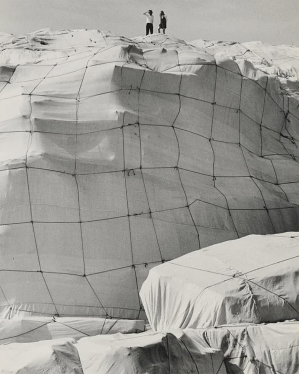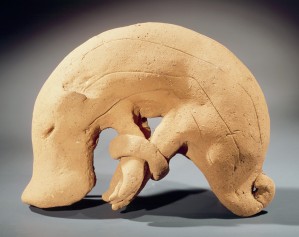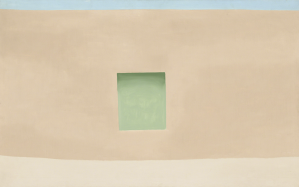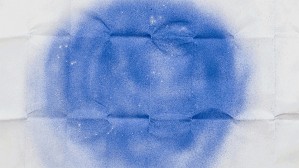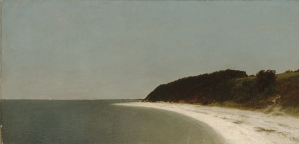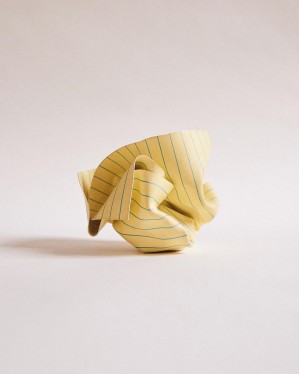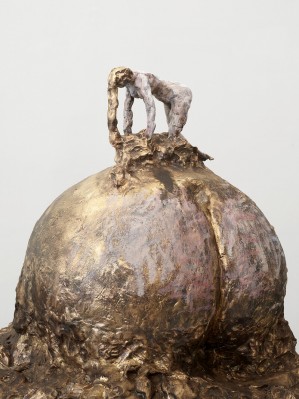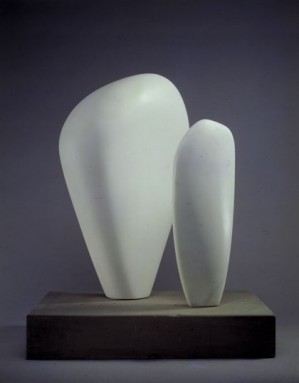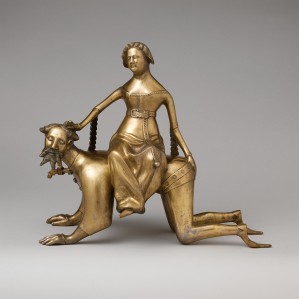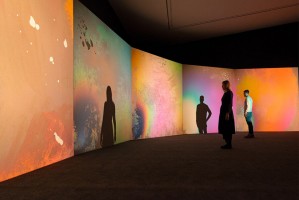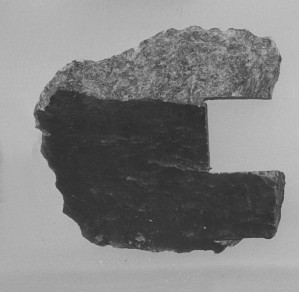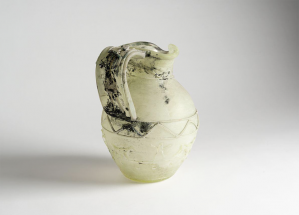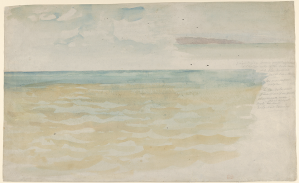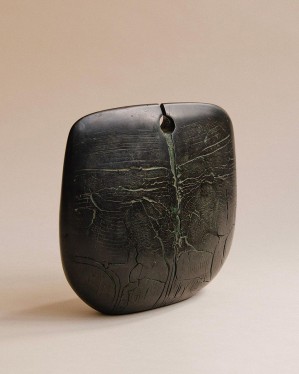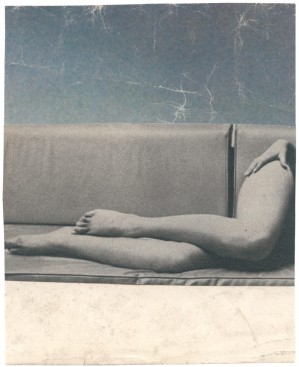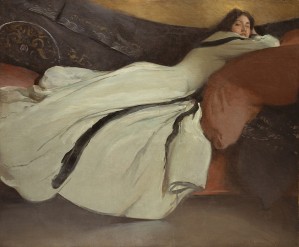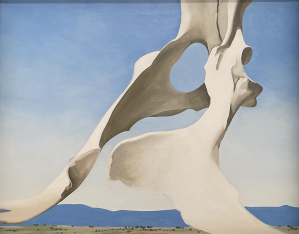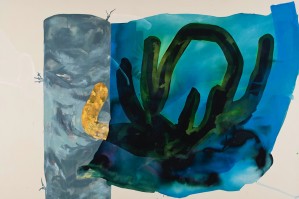-
Inferno (detail), Chalk on blackboard, Tacita Dean, 244 x 1220 cm, 2019.
-
Miniature gold figure of a llama, Peru, Inca, ca 1500.
-
Terracotta kantharos (drinking cup), Etruscan culture, late 4th century B.C.
Obverse and reverse, ketos (sea monster). Because the trip to the Underworld was believed to involve a sea voyage, marine creatures, both real and imaginary, were often associated with death in Etruscan culture. Both hippocamps (sea horses) and kete (sea monsters) were presented in a positive light, often guarding the deceased or transporting them to […]
-
Beside the Sea, Marble, August Rodin, ca 1907.
1907
-
Christo wraps Little Bay, New South Wales, Photography by David Moore, 1969.
-
Floy, Photography, Jeremy Everett, 2015.
-
Haniwa (hollow clay sculpture) of a boar, Japan, Earthenware, Kofun period (ca. 300–710).
Earthen tomb mounds, common burial practice on the Asian continent, were brought to Japan around the third century. Haniwa (clay cylinders)—at times numbering in the thousands—were placed in rows or scattered outside these tombs. Sculptors sometimes topped cylinders with figures or animals, themselves often almost abstract in aesthetic. The shape of this poignant example recalls […]
-
Wall with Green Door, Oil on canvas, Georgia O’Keeffe, 76.2 × 122.6 cm, 1953.
-
23 Blue Breaths, Detail view, D Harding, 2020.
-
Nu au fauteuil, Oil on board, 49.5 x 55.9, Edouard Vuillard, 1900.
-
Eaton’s Neck, Long Island, Oil on canvas, John Frederick Kensett, 1872.
-
Scrunched paper sculpture, Ceramics, Tibor Kalman, 1984.
-
And who would be my mother (of Invention), 2013/2022. Hand-painted bronze on painted MDF plinth, Rebecca Warren, 2022.
-
Two Forms, Marble sculpture, Barbara Hepworth, 1937.
-
Aquamanile in the Form of Aristotle and Phyllis, Bronze, Quaternary copper alloy, South Netherlandish, 14th – 15h century.
An aquamanile is a vessel for pouring water used in the ritual of washing hands in both religious and secular contexts—by the priest before Mass and in a private household before a meal. The subject of this celebrated example is the moralizing legend of Aristotle and Phyllis, which achieved popularity in the late Middle Ages. […]
-
Liquid Crystal Environment, Gustav Metzger, 1963.
-
Fragment, Nephrite, 1902.
-
Pitchet, Scavo glass, Ermanno Nason for Vetreria Cenedese, 1967.
-
The Sea at Dieppe, Watercolor on laid paper, Eugène Delacroix, ca. 1852–54.
-
Ceramic sculpture, 24cm x 23cm, Peter Hayes, 1998.
-
Love me tender 216, Collage by Katrien de Blauwer, 2018.
-
Repose, Oil on canvas, John White Alexander, 1895.
-
Pelvis with the Distance, Georgia O’Keeffe, 1943.
-
Stranger’s Eye, Ragna Bley, 2022.

